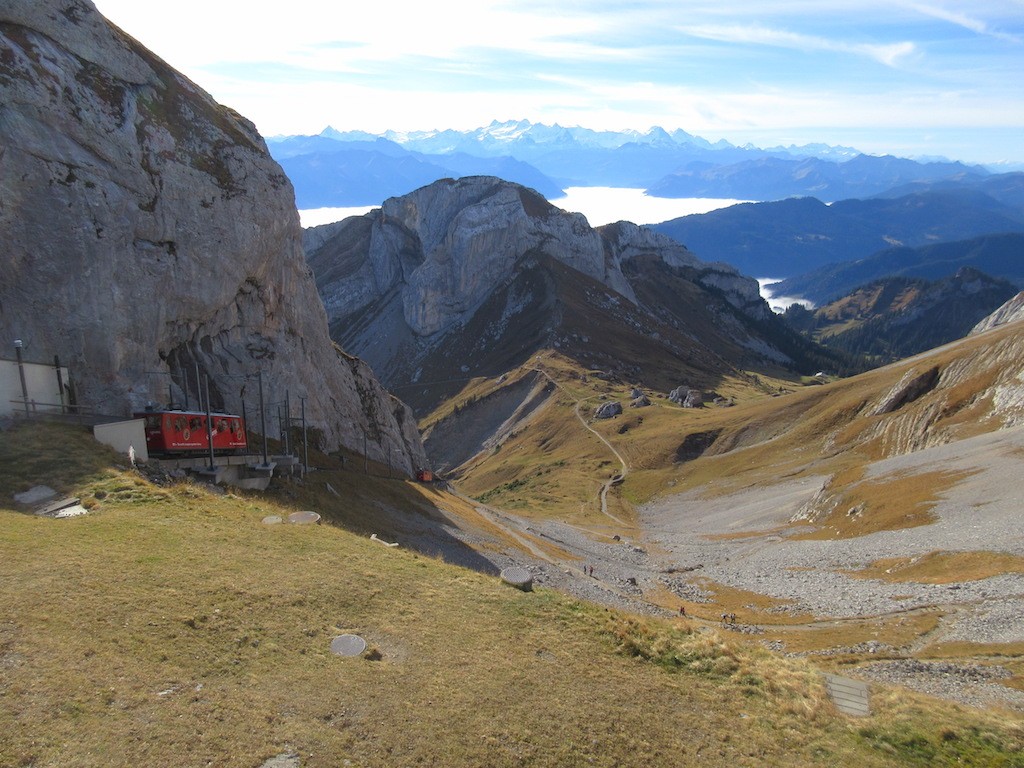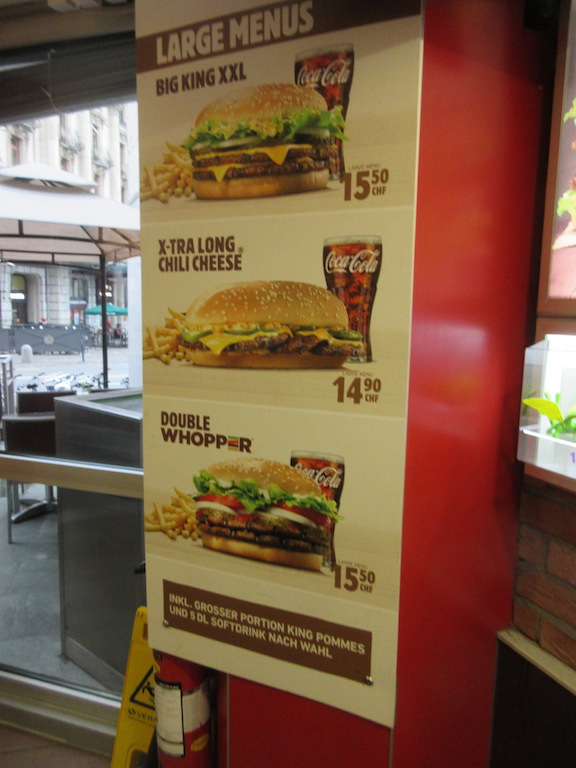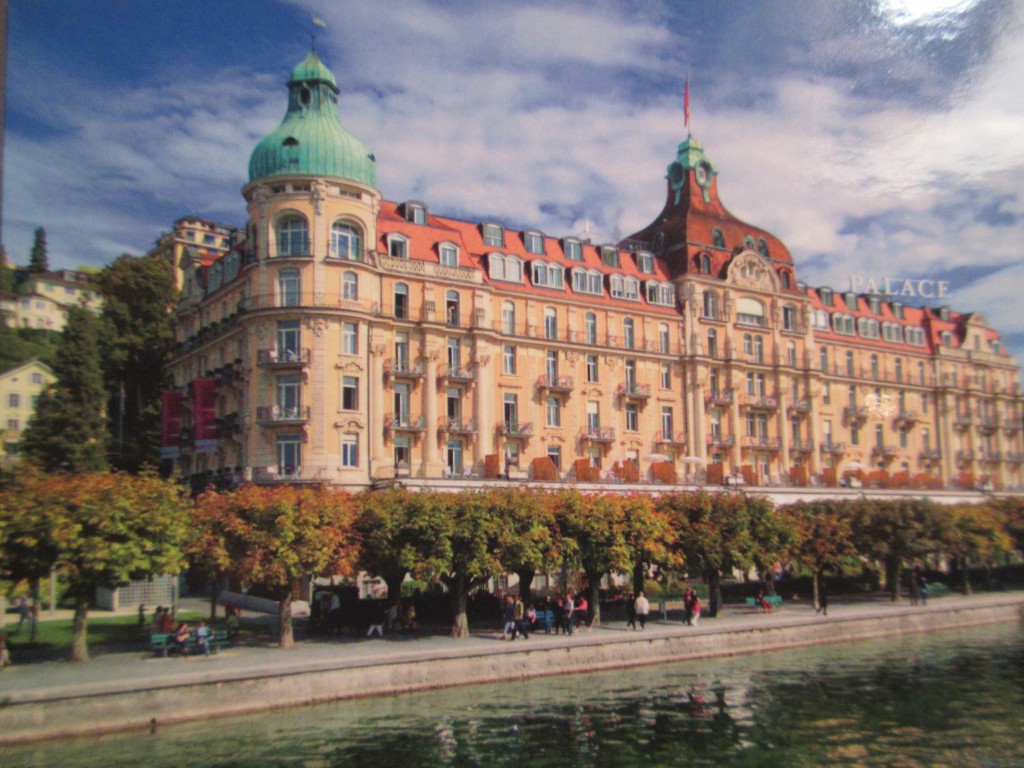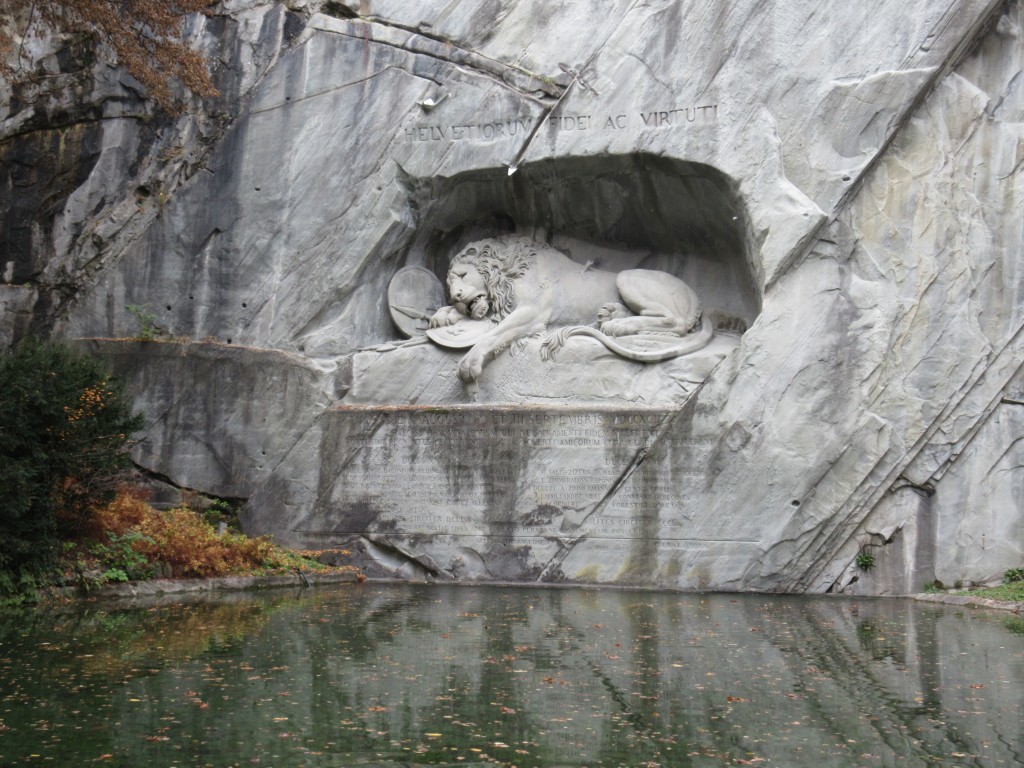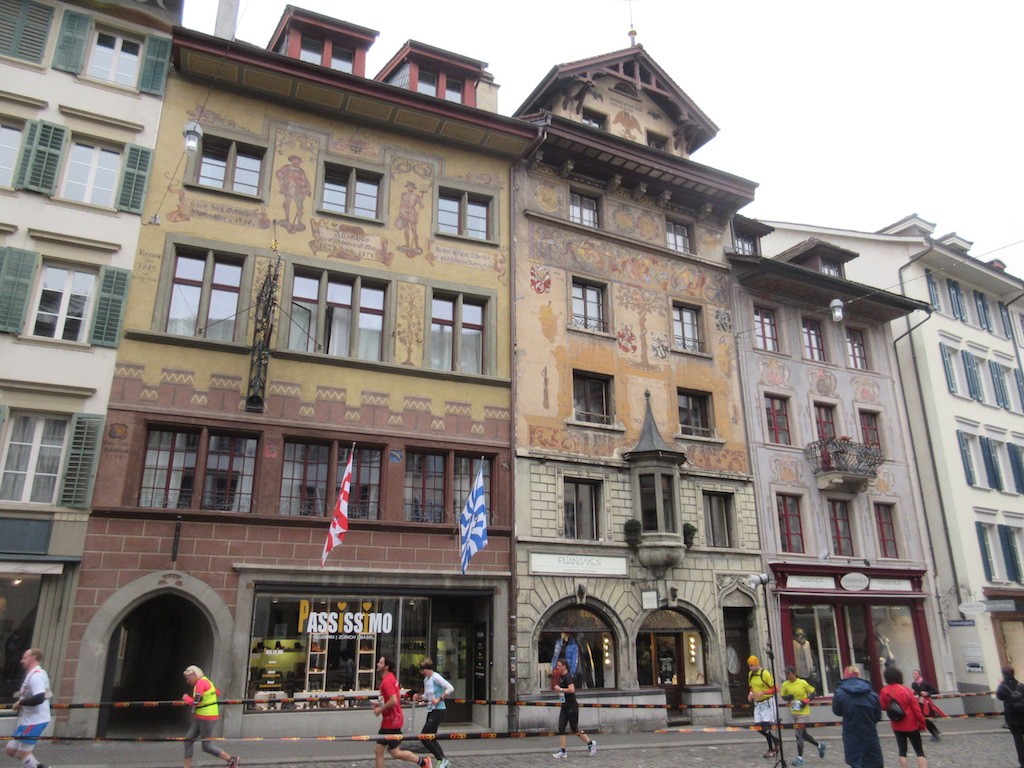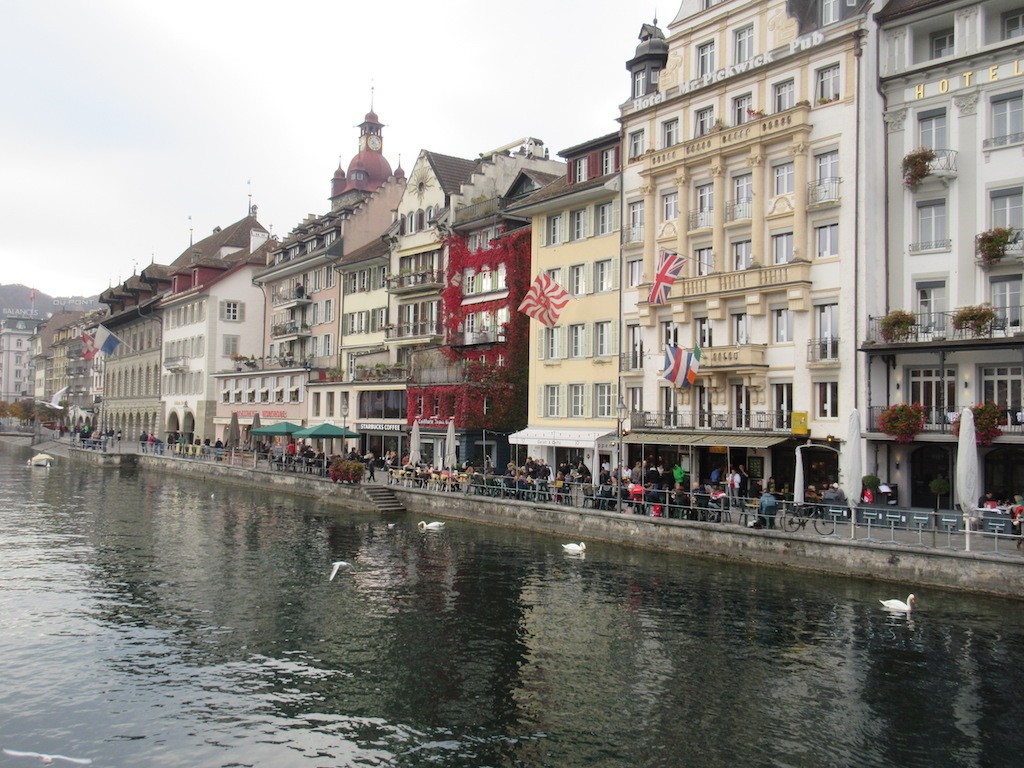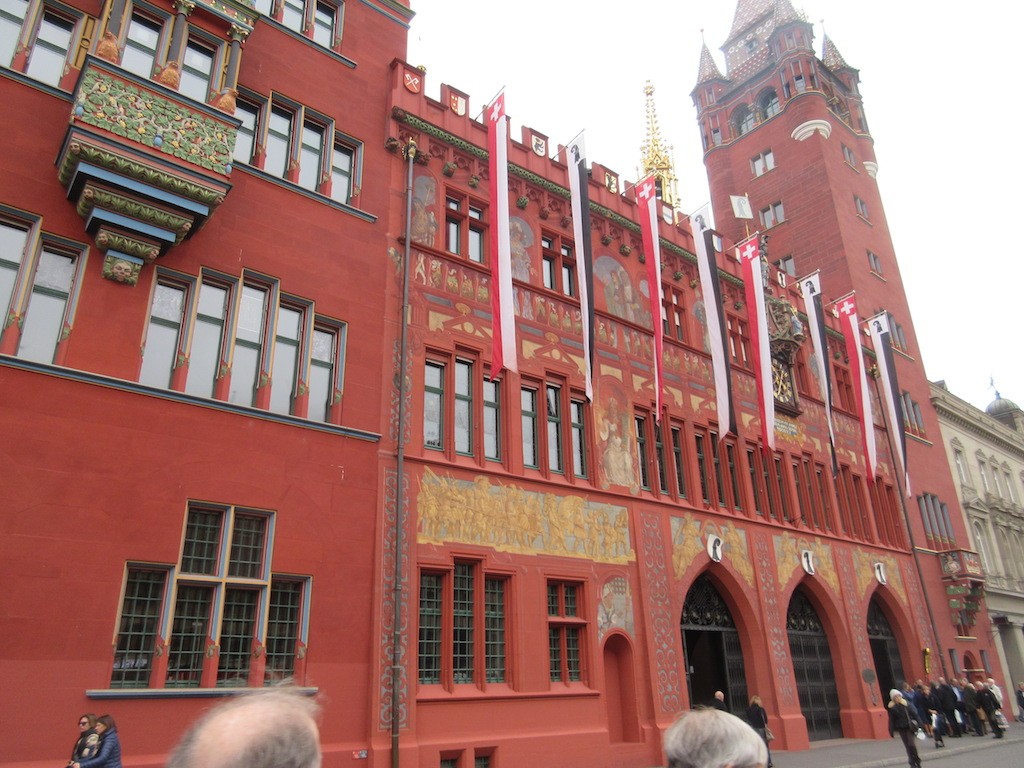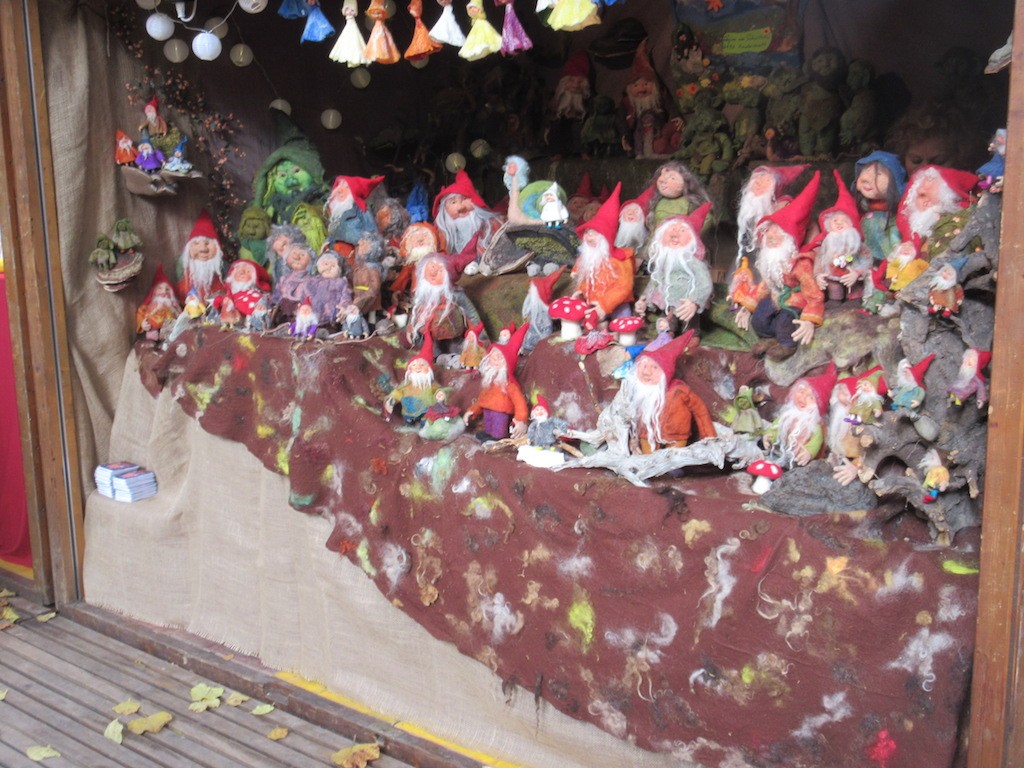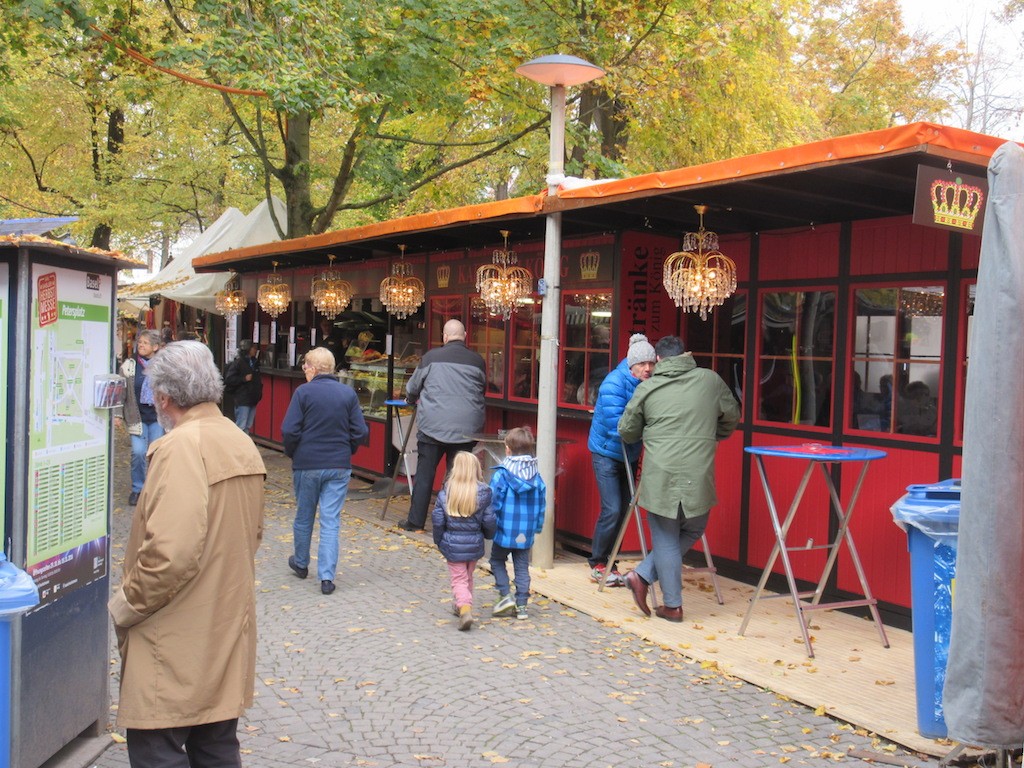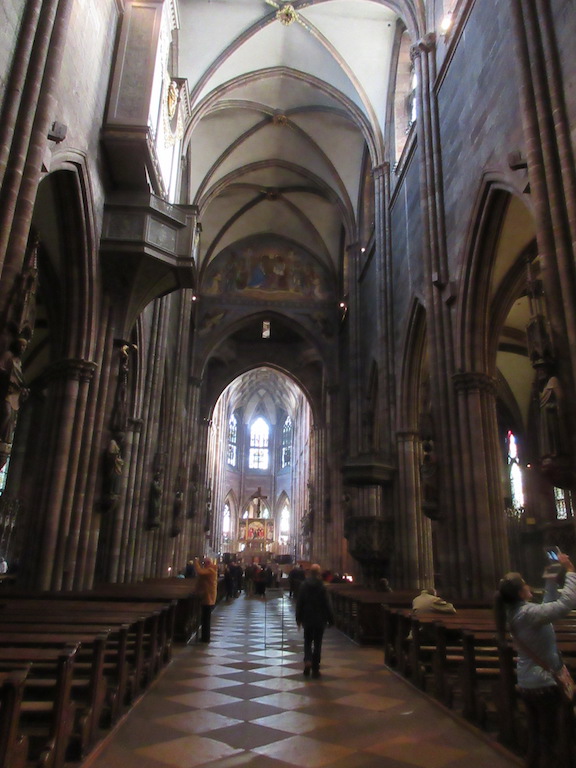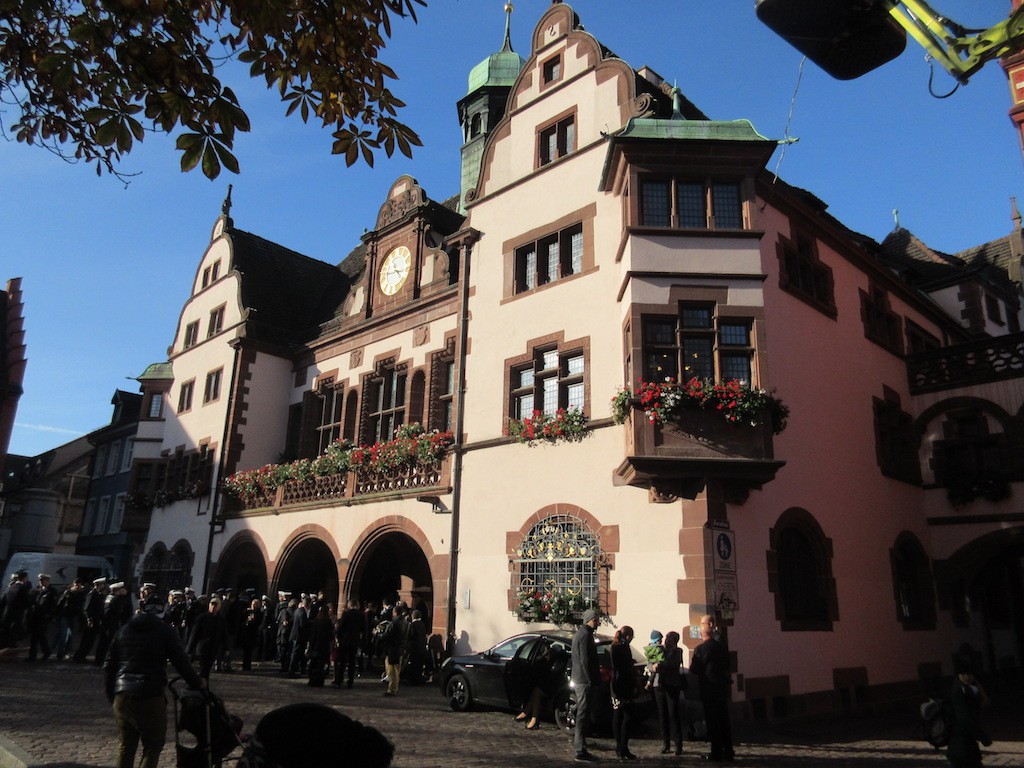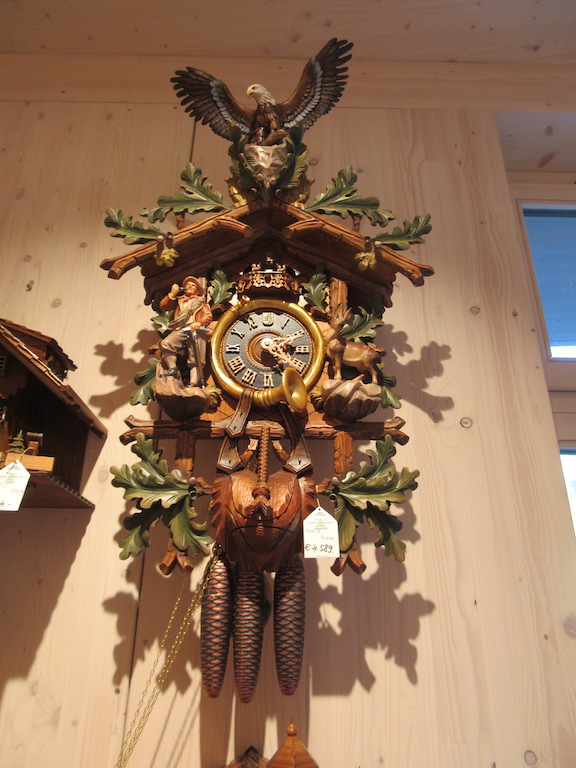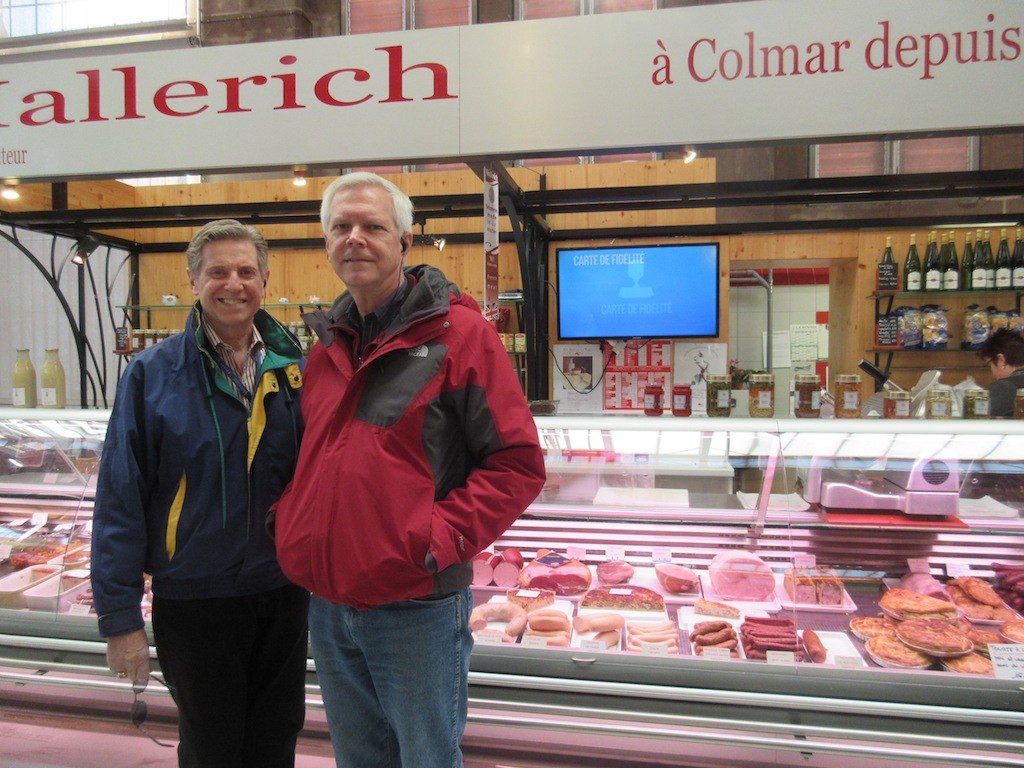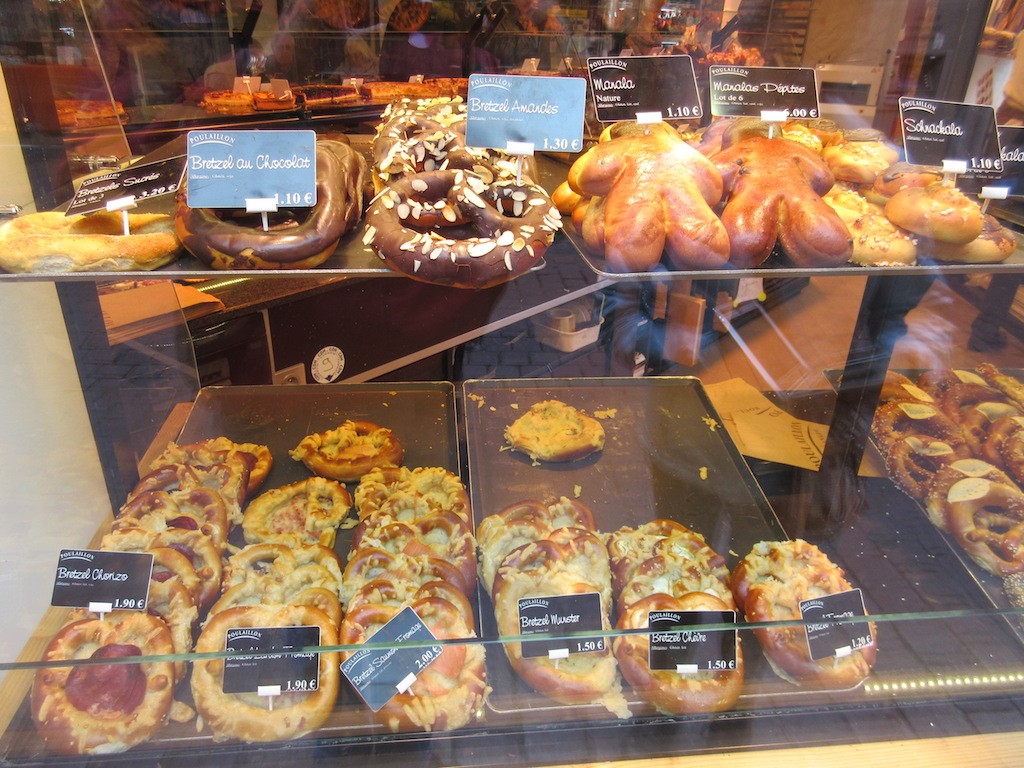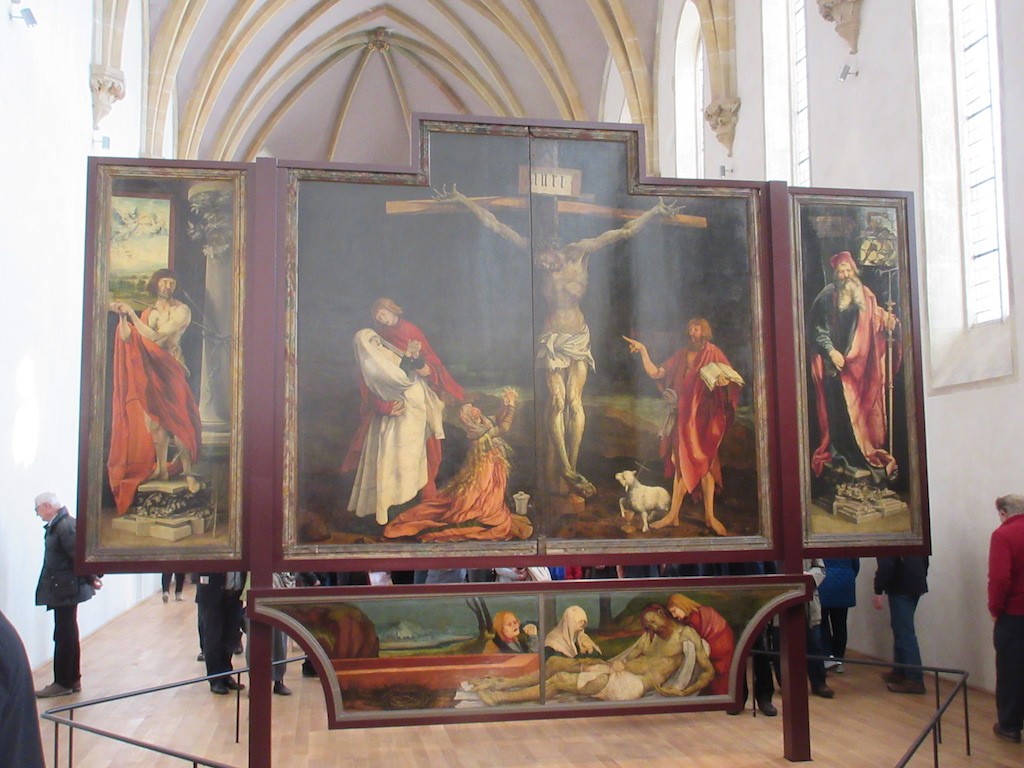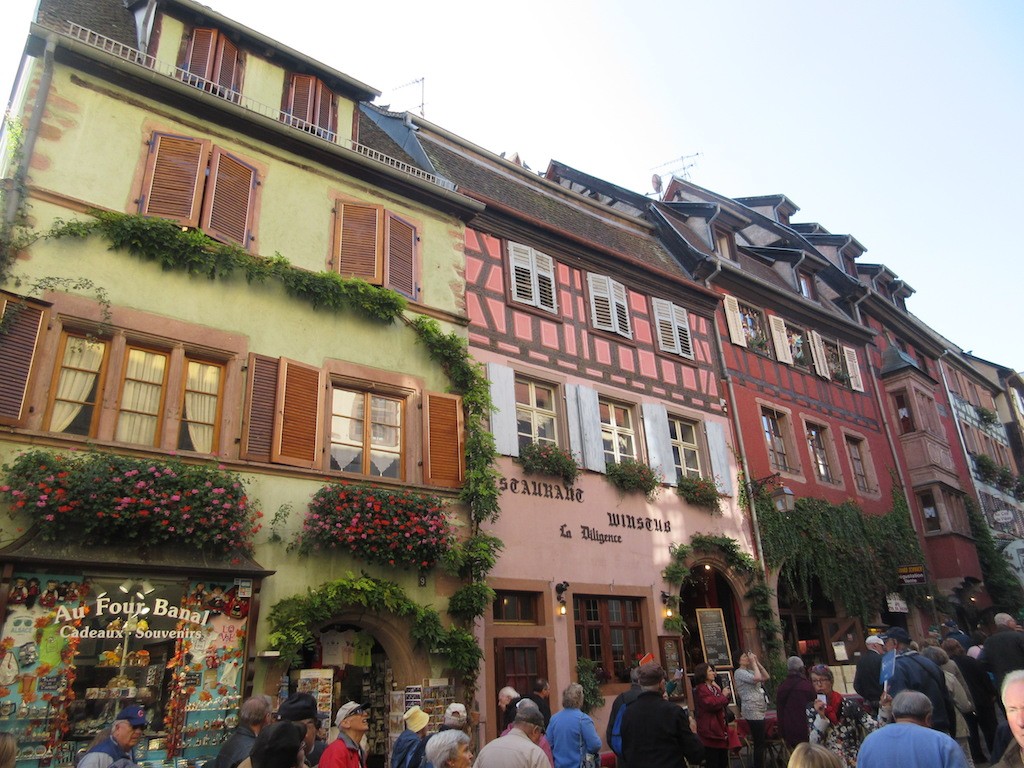We stayed at a beautiful five-star hotel situated right on the bank of Lake Lucerne a few blocks from the center of town. The Palace Hotel had lovely rooms overlooking the lake with the mountains in the background. A tree-lined promenade circles the lake in front of the hotel and during warmer weather you can sit outside in lakeside cafes. The weather was only about 50 degrees so a jacket was required at all times when outdoors. The hotel lobby is very elegant with afternoon tea served accompanied by a pianist on the grand piano in the center of the room. The hotel is traditional in style with high ceilings, crown molding, parquet floors and elegant traditional furnishings.
We headed out with three lady friends, Rita, Leslie and Kathy, for a day trip up the mountain of Mt. Pilatus. We had to take a local train from the main train station in Lucerne to the small town of Alpnachstad (about a 20-minute ride). From there we boarded a cogwheel railway that opened is 1889 to take people to the top of the mountain. This is the steepest railway system in the world with a 48% grade. The ride up the mountain takes about 30 minutes through beautiful forest lands and then at the higher altitude you have mostly interesting rock formations with small grasses and flowering plants. The mountain is about 7,000 feet in elevation. Half way up the mountain we rode through the clouds covering the lake and valley below, but arrived in bright sunny skies and much warmer weather. It was quite amazing how the view changed and you could see the tops of many high mountains all around you.
At the top of the railway there is a small hotel where people stay, a restaurant and many walking and hiking trails to enjoy. Some locals prefer to hike to the summit which takes about five hours to reach the top. The locals also enjoy making the journey to the top of the mountains to get some local sunshine when the lake is covered with clouds. We explored a couple of the trails and lookout points for a couple of hours before making our way back down the mountain on the railway.
After returning to Lucerne by train Rita, Leslie, Kent and I stopped at a Burger King in the train station for a quick bite to eat as everyone was hungry. The prices in the Burger King were like everything else in town….high! A burger with fries and a soft drink runs you about $15 to $17 with an additional 30 cents for each packet of ketchup or mayonnaise for your fries.
After lunch we said good bye to the girls and headed out to a the Gletscher Garten Luzern or the glacier gardens. These unique glaciers were discovered here in 1872 and have been a tourist attraction ever since. It is believed that Lucerne was covered with glaciers some 20,000 years ago and that these potholes, fossils and stones date back to this time…even before Kent’s time!
The three story residence of the owners of the land at the time these glacier remains were found, is now a museum about the history of the glaciers in Lucerne. Also a part of the museum is a mirror maze dating back to the year 1896. We found it quite challenging to get out of the place….the mirrors confused us!

